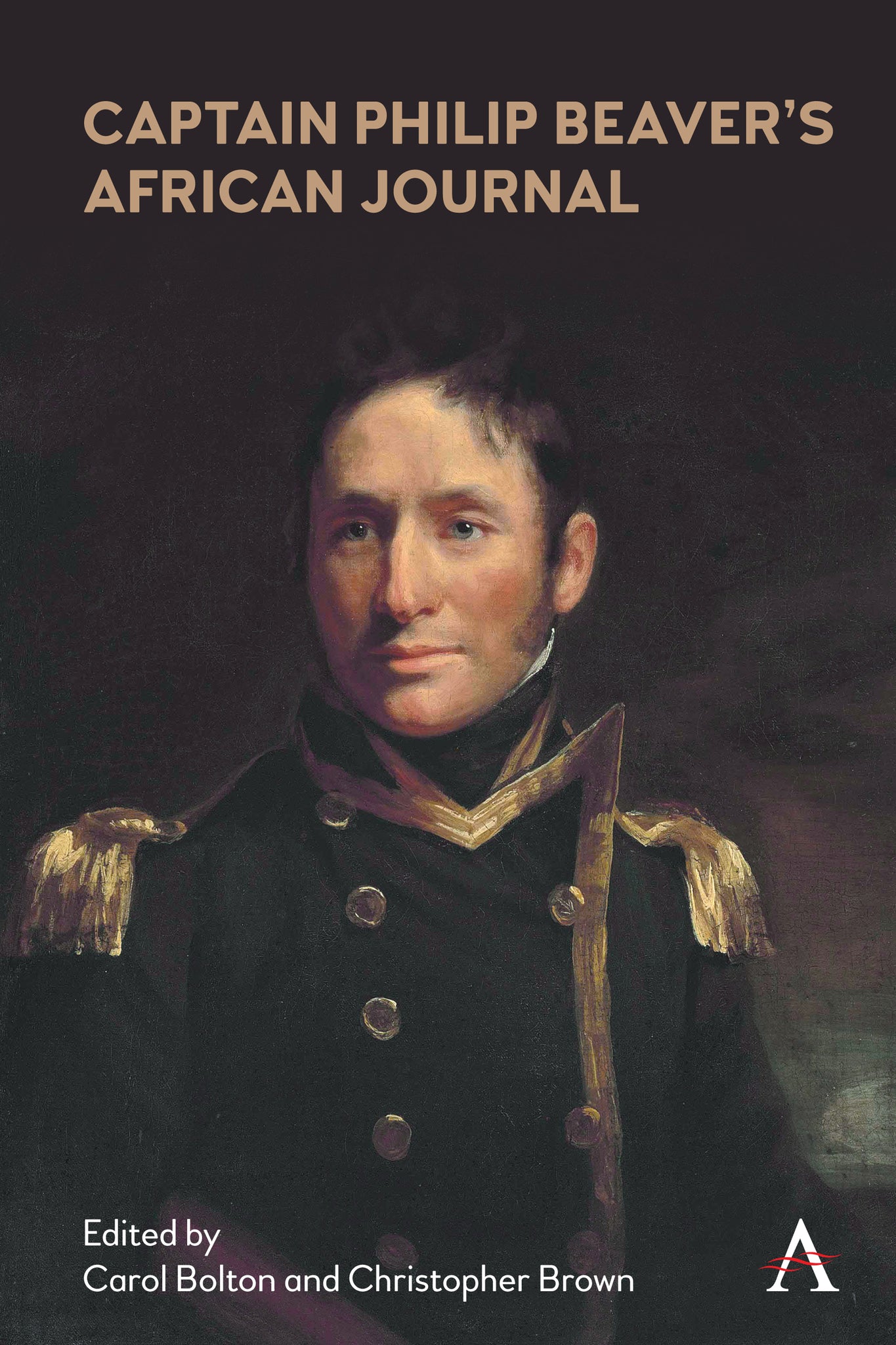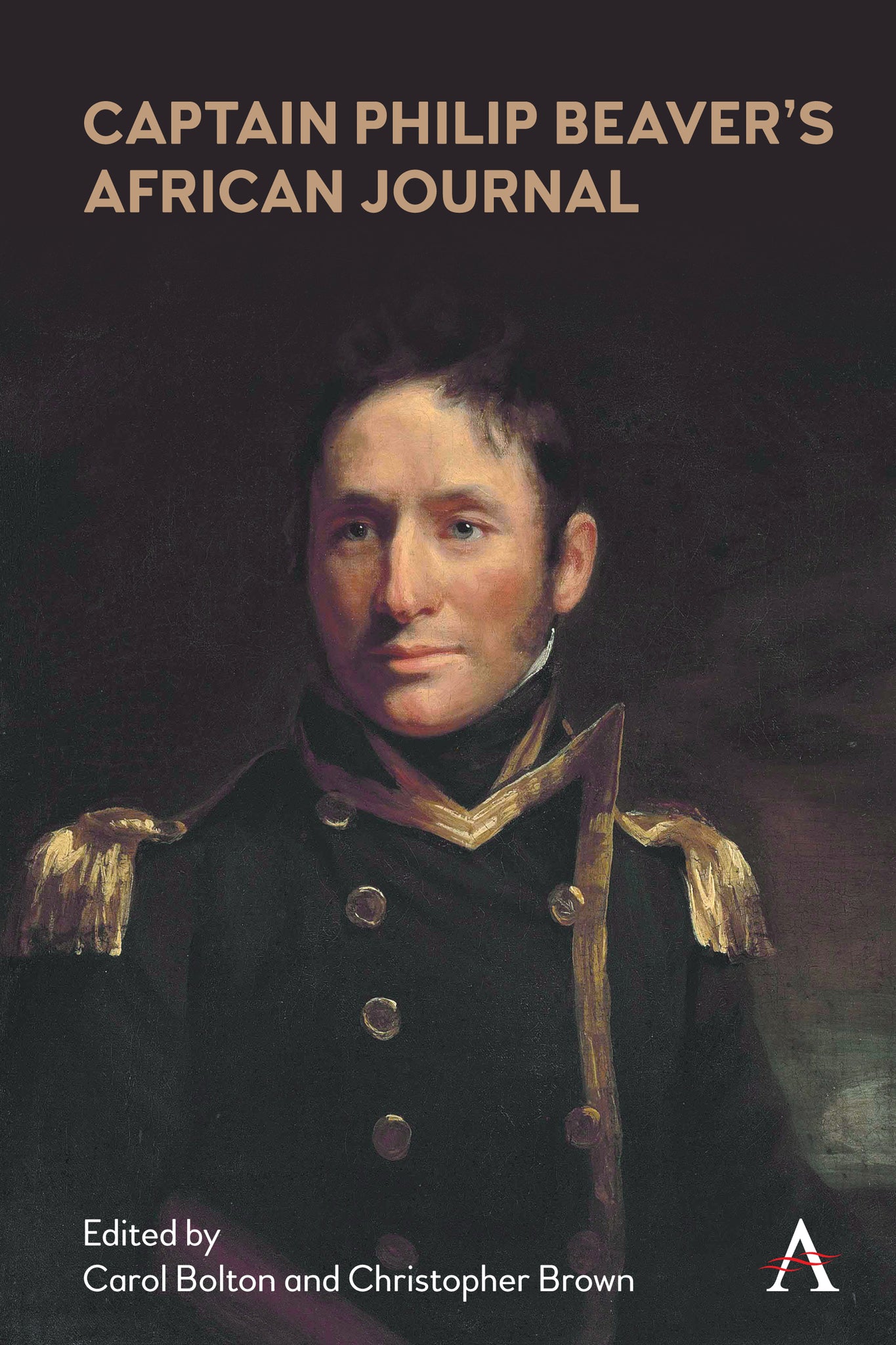We're sorry. An error has occurred
Please cancel or retry.
Captain Philip Beaver's African Journal

Some error occured while loading the Quick View. Please close the Quick View and try reloading the page.
Couldn't load pickup availability
- Format:
-
05 September 2023

In 1805, naval officer Captain Philip Beaver (1766–1813) published his African Memoranda: Relative to an Attempt to Establish a British Settlement on the Island of Bulama, on the Western Coast of Africa, in the Year 1792. Beaver’s text in this modern scholarly edition provides an absorbing testimony of his efforts to assist British colonisers in establishing their African settlement. Despite the colonial ambitions of this project, the ‘Bulama Committee’ members were reformists at heart. Their high-minded intentions in purchasing the island and settling it were to demonstrate the anti-slavery principle that propagation by ‘free natives’ would bring ‘cultivation and commerce’ to the region and ultimately introduce ‘civilization’ among them. Beaver’s journal tells the extraordinary account of how the colonists’ ambitions to benefit the African economy and set a precedent of humanitarian labour for the slave-owning lobby in Britain led to the extraordinary emigration of 275 men, women and children in order to put their humanitarian ideals into practice.

TRAVEL / Africa / West, Travel and holiday, LITERARY COLLECTIONS / Diaries & Journals, SOCIAL SCIENCE / Slavery, Published diaries, letters and journals, Slavery, enslaved persons and abolition of slavery

‘Captain Philip Beaver’s utopian ambition was to end Britain’s slave trade by growing tropical pro-duce on a West African island. This excellent edition of his journal, a key document for understand-ing abolitionism, describes the outcasts who signed up for his radical republic, as well as the tragic idealism of this Romantic-era colonising enterprise.’ — Deirdre Coleman, author of Romantic Colo-nization and British
Anti-Slavery
List of figures; Acknowledgements; Notes on the Text; Table of Weights and Measures; Introduction; Preface; Author’s Introduction; Part I; Part II; Part III; Appendices; Notes; Bibliography; Index



